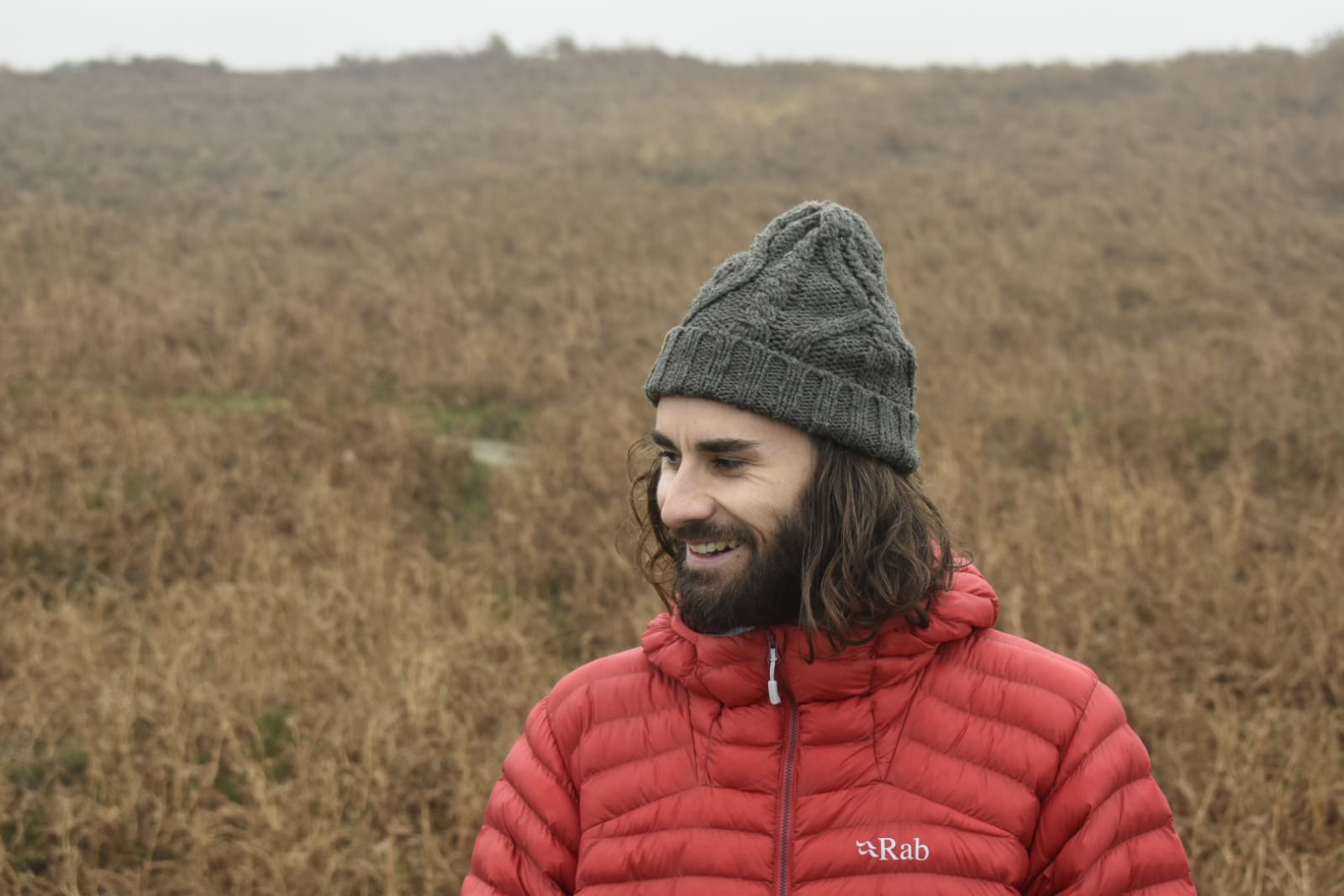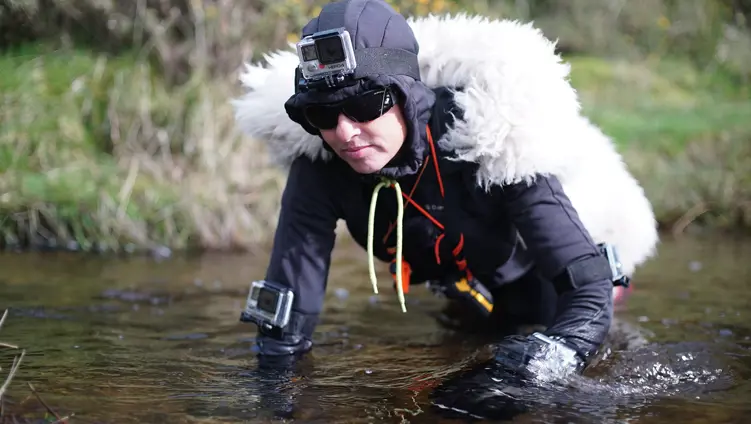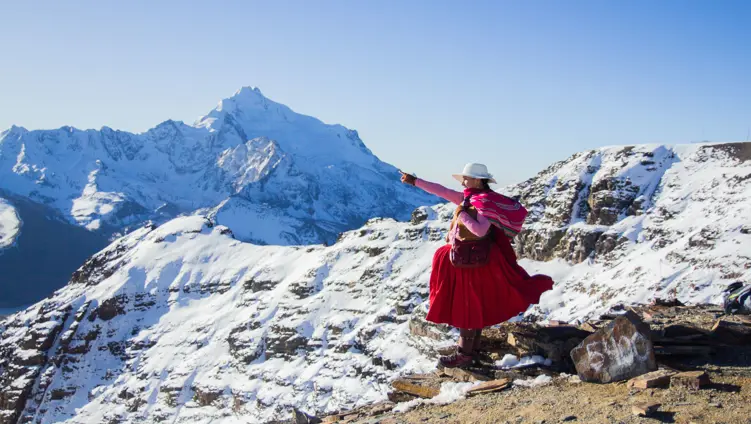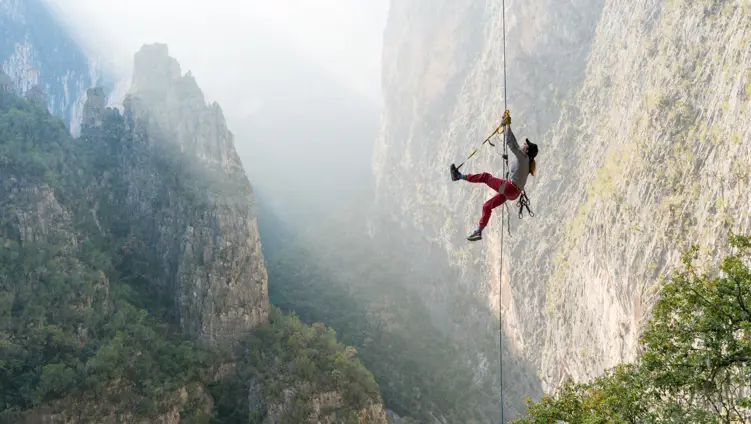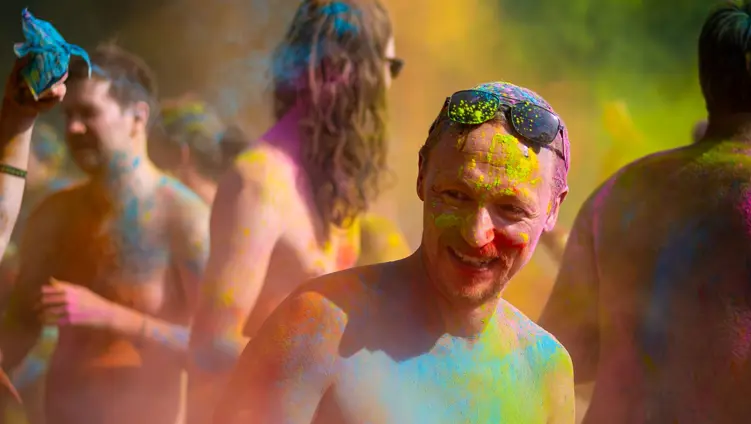Part of the challenge of helping skateboarding have a positive impact is researching and understanding it as an ecosystem. How does power play out? What barriers do skaters face? What are the mechanisms of change? Though skate culture may not be an institution, this is one of the reasons Williams is passionate about building bridges with institutions, most notably universities, with the expertise to build this understanding.
Williams’ USC course is genuinely trailblazing. Skaters and non-skaters come together to look at societal ecosystems through the lens of skateboarding. “This is not a skateboarding course,” he tells his cohorts at the beginning. Rather, it’s about improving systems - something Williams believes the diverse, way-out-of-no-way, anti-establishment ethos of skateboarding is well positioned to help do. “I’ve been thinking very deeply, and my cohorts are always thinking about, what does this mean? And why is it different? Unpacking this gives us the potential to address the future,” he says. He has students work on real problems within the culture, and encourages outside activity. One previous student, for instance, runs a women-and-queer-friendly skate group. And slowly but surely, he sees more skate scholars arriving on the scene to help support the skateboarding culture ecosystem.
But the biggest challenge, as Williams sees it, is building bridges between skate culture, regular people and wider institutions. “My dream,” he says, “is that when a non-skater is about to stop someone from skating a spot, another non-skater says, ‘Woah, Woah! Do you know what they’re doing here? Do you see this group of skaters? Do you even know this many diverse folks?” Williams laughs. “There’s a lot going on here! Why would we stop them?’”
